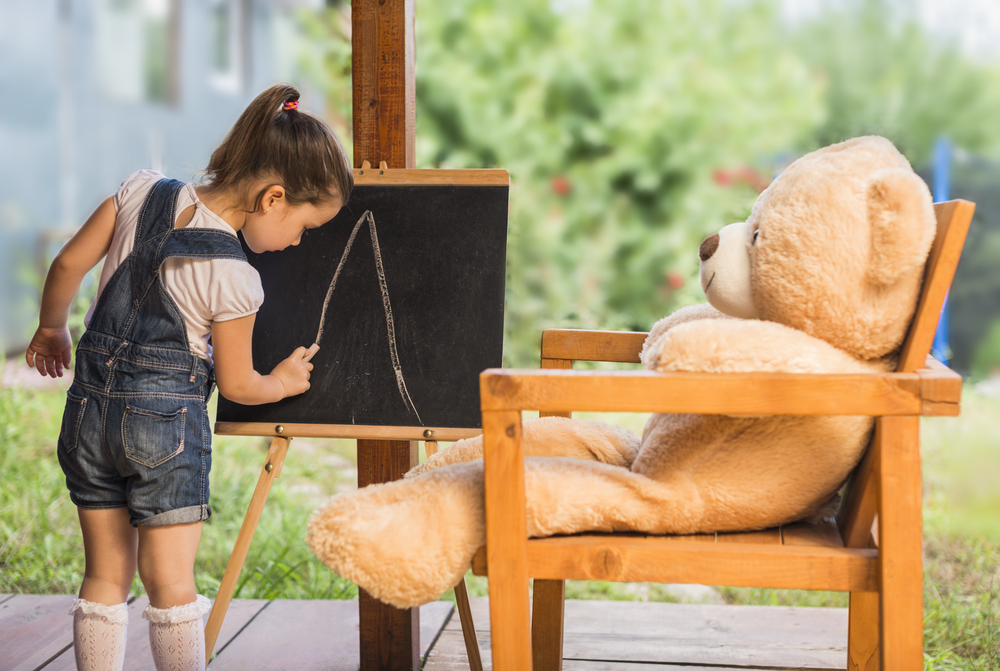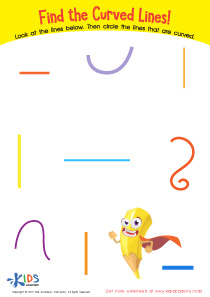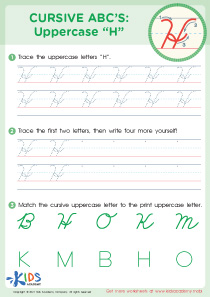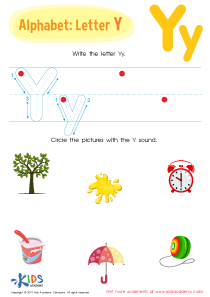Sound identification Phonics Worksheets for Ages 3-4
4 filtered results
-
From - To
Discover our engaging Sound Identification Phonics Worksheets designed specifically for children ages 3-4! These interactive resources help young learners develop essential sound recognition skills through fun activities aligned with early literacy standards. Each worksheet encourages children to listen closely and connect sounds with corresponding letters and images, fostering a strong phonetic foundation. Perfect for home or classroom use, our worksheets make learning enjoyable while preparing children for future reading success. Watch as your little ones gain confidence in their phonemic awareness through playful exploration and discovery. Start their phonics journey today and lay the groundwork for lifelong reading skills!
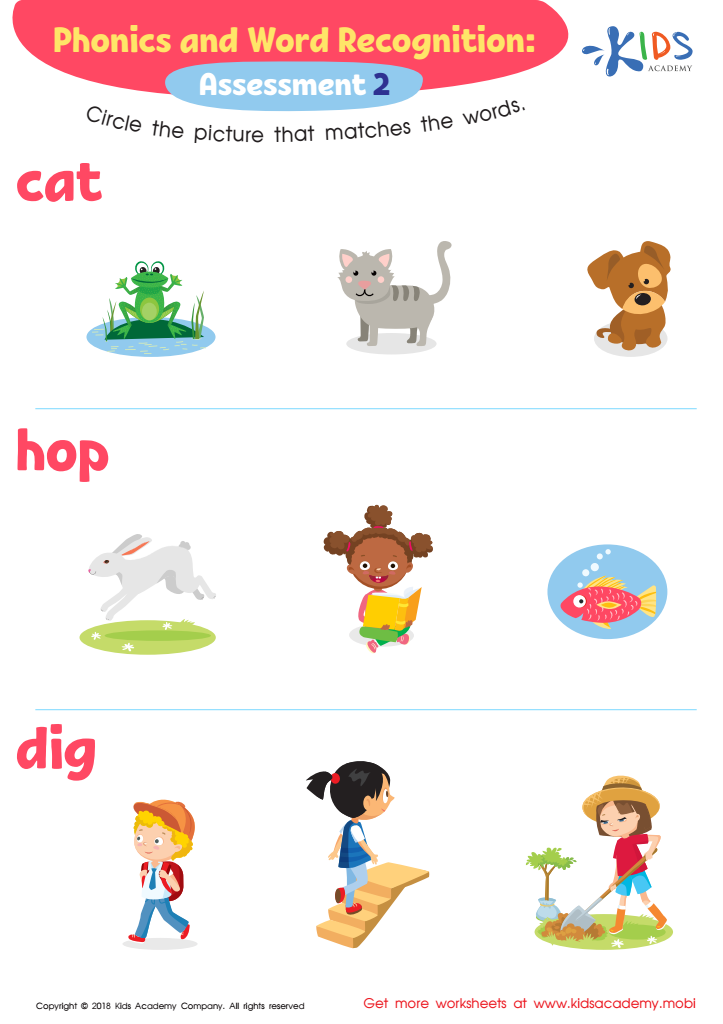

Phonological Awareness: Assessment 2 ELA Worksheet


Many Ways to Make a Sound Worksheet
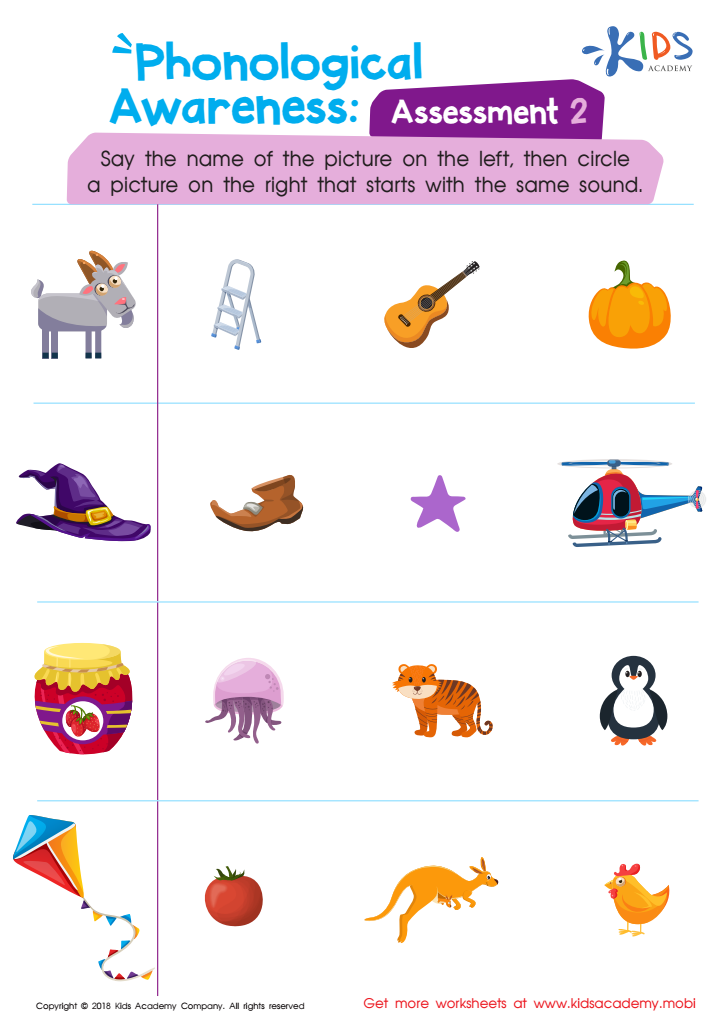

Phonological Awareness: Assessment 2 Worksheet
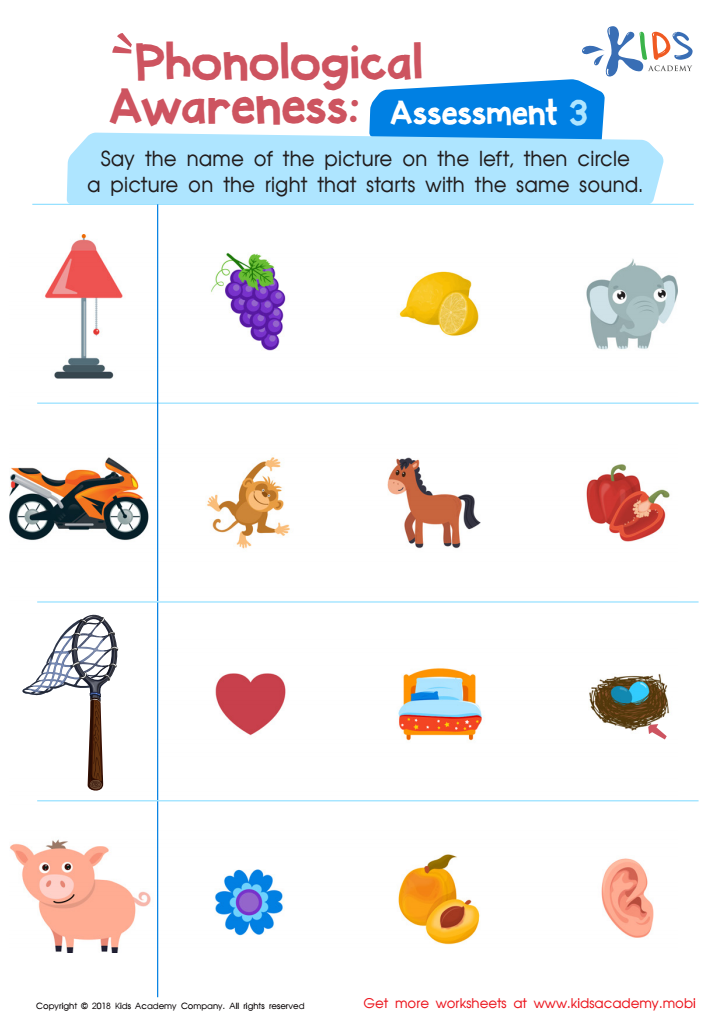

Phonological Awareness: Assessment 3 Worksheet
Sound identification phonics is a fundamental aspect of early literacy development for children aged 3-4, and it's crucial for parents and teachers to recognize its significance. At this age, children are laying the groundwork for their reading and writing skills. Sound identification helps them understand that words are made up of individual sounds, or phonemes, which is essential for decoding and encoding words in the future.
Developing phonemic awareness through sound identification enhances a child's ability to distinguish between different sounds in language, fostering better listening skills and speech clarity. It also supports vocabulary acquisition, as children who can identify sounds are more likely to notice the similarities and differences in words, facilitating word recognition and use.
Moreover, early exposure to phonics sets the stage for a successful reading journey, promoting confidence as children learn to interact with text. Parents and teachers can create engaging phonics activities through games, songs, and stories, making learning enjoyable and effective. Attending to sound identification in this critical stage not only helps children improve literacy skills but also boosts their cognitive development, laying the foundation for lifelong learning and academic success. In essence, caring about sound identification phonics is an investment in a child's future.
 Assign to My Students
Assign to My Students


